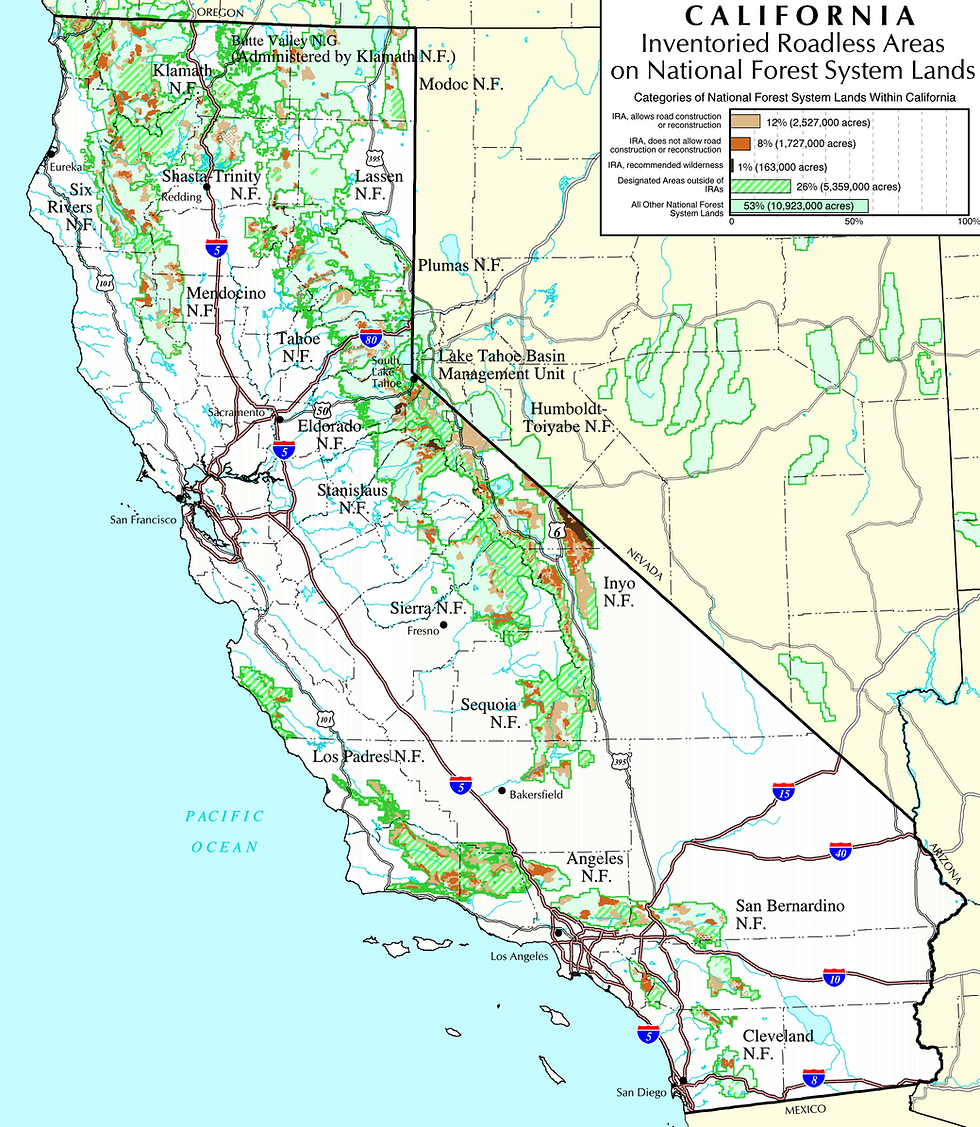Shasta River Flows Plummet Following Suspension of Curtailments – Salmon at Risk
- Amber Jamieson

- Aug 4, 2023
- 3 min read
Updated: Aug 30, 2023

Update 8/4/23: Wow, that was fast! The state Water Board just notified us that they have officially added the Shasta River to the upcoming August 15 hearing agenda item for the Petition for Rulemaking to Set Minimum Flows on the Scott River. Now they have re-opened public comments for the rulemaking petition to include minimum flows on the Shasta River. Written comments are due August 10. Stay tuned for upcoming Action Alert!
The Shasta River has become less than half its size overnight. At midnight on July 31, 2023, the emergency drought regulations that have been in place on the Shasta River since September 10, 2021 were lifted, and by 9am on August 2, the Shasta River flows had plummeted from 54 cubic feet per second (cfs) to 22 cfs – a massive decline of 32 cfs. Essentially, this means that 59 percent of the Shasta River was diverted, which is a huge concern for fish health and could lead to strandings of salmon and mortality to numerous other species, including coho salmon, which are listed under the federal Endangered Species Act.
Background: As a response to the statewide drought and water shortages, on September 10, 2021 the State Water Resources Control Board issued a curtailment order, which required water rights holders in the Shasta River watershed to cease pumping water out of the river if minimum flows of 50 cfs were not being met. That flow was found to be the bare minimum to protect salmon and other aquatic species. The emergency drought regulations allowed for the most senior water right holders to continue pumping water as long as 50 cfs flows were sustained, while junior water right holders were curtailed.
These emergency drought regulations were extended multiple times, but with the wet weather year we have had thus far in 2023, the regulations ended on July 31, 2023, and the curtailments have now been lifted. Meaning that water users who were previously prevented from pumping water are now turning on their pumps leaving the river with very little water, and fish are facing a gauntlet of low flows and increasing temperatures, that could lead to a mass die-off event.

Similarly, the neighboring Scott River also had emergency drought regulations, which were lifted on July 31, 2023, though the Scott River flows have not plummeted as drastically as the Shasta River at this time, largely because groundwater is the primary irrigation source there, and changes in groundwater discharge as a result of increased pumping are slower to appear.
In anticipation of the drought regulations ending, on May 23, 2023, the Karuk Tribe of California, Environmental Law Foundation, Pacific Coast Federation of Fishermen’s Associations, and Institute for Fisheries Resources submitted to the State Water Board a Petition for Rulemaking to Set Minimum Flows on the Scott River. The Water Board has set a hearing on the Scott River matter for August 15, 2023. However, there are no remedies proposed for the Shasta River at this time.
Most of the state has had water restrictions lifted due to the wet weather year, but Governor Gavin Newsom left the drought declaration in place for the Klamath Basin and its tributaries including the Scott and Shasta Rivers because the region had less rainfall than other parts of the state. The Water Board has the authority to extend drought regulations, but has not yet done so.
Due to dismal salmon populations this year, there is a full closure of the California commercial and recreational ocean salmon fisheries. A major factor in the decline of salmon populations is due to poor conditions in their natal streams. It is time to make some changes in these watersheds that were once salmon strongholds but are now drawn down to disconnected pools or bare trickles. It is time for our agencies to protect our public trust resources before it is too late. If business as usual continues, it is just a matter of time before the salmon are wiped out forever.





Comments